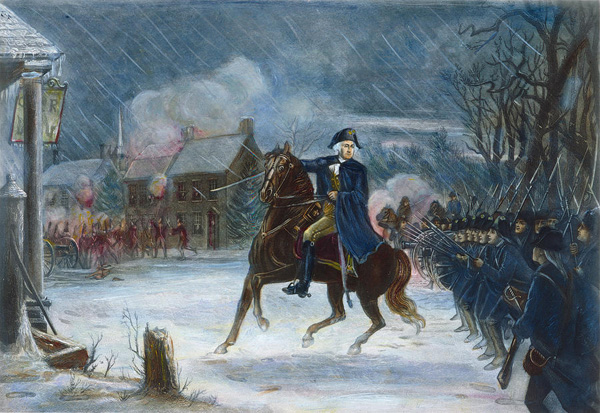11:40 AM | Weather and the World Series
Paul Dorian
[Game winning celebration for the KC Royals at the end of Game 1; courtesy MLB, ESPN, Getty images]
Discussion
The World Series began last night in Kansas City, Missouri and it turned out to be the longest first game in Fall Classic history (14 innings, 5 hours 9 minutes) and there was ample entertainment along the way including a first-pitch inside the park home run for the Royals, a power outage that knocked the telecast off the air, and a game tying home run in the bottom of the ninth inning. The weather started off on the damp and chilly side, but, all in all, it did not play much of a factor in the marathon. This World Series is beginning slightly later than usual and should it go all 7 games, it would not end until Wednesday, November 4th. Despite some chilly weather expected in New York City this weekend for their three home games, the weather looks like it should not become a major issue this year – despite the late start. In fact, should the Series get back to Kansas City next week for games 6 and/or 7, high temperatures are liable to reach the 70’s on either day as a warm weather pattern sets up next week for much of the eastern 2/3rds of the country.
In terms of the coldest World Series games ever (and the records are sketchy pre-1970’s as Major League Baseball did not track weather records), the most memorable game occurred in Game 4 of the 1997 World Series in Cleveland, Ohio between the Indians and the Florida (now Miami) Marlins. The first-pitch temperature for that game was 38 degrees with a wind chill in the teens. Snow flurries fell throughout the game and ice patches actually formed on the infield. The first two games of that Series were played in Miami where temperatures were in the high 80’s. The second coldest game in recent history was the first game of the 1979 World Series in Baltimore, Maryland between the Orioles and Pirates with first-pitch temperatures right around 40 degrees and a steady, chilly rain falling.
Perhaps the most memorable game with respect to weather and the World Series is Game 5 of the 2008 World Series between the Phillies and the Tampa Bay Rays. That game began on October 27th with 50-degree temperatures and a steady rain falling and was suspended in the 6th inning as the rain became too heavy. The game could not be resumed the next day as a powerful nor’easter continued to pound away on the Philadelphia region with a cold, steady rain and even several inches of accumulating snow in nearby Bucks County, PA. Finally, two days after the game began, Game 5 resumed on a cold night in Philly with first-pitch temperatures at 44 degrees along with a gusty northwest wind and the Phillies went on to clinch the title.





















